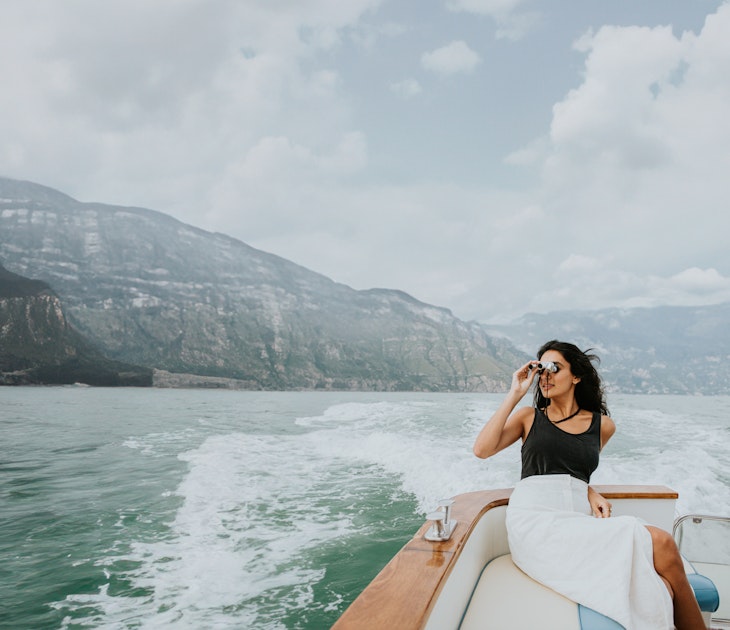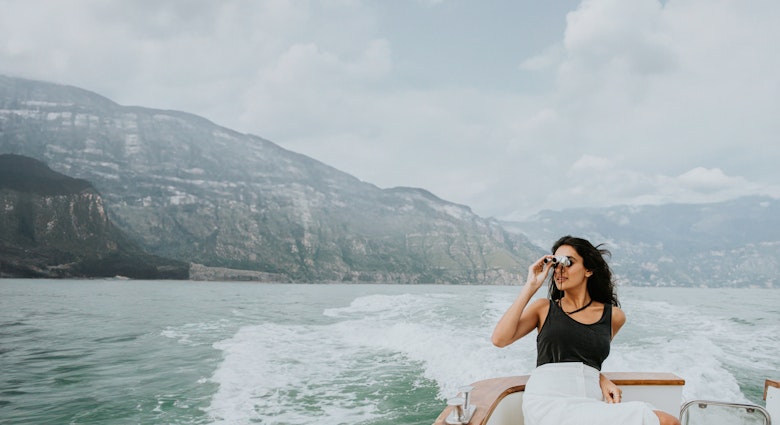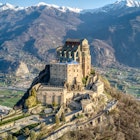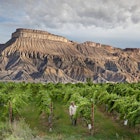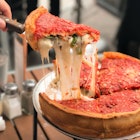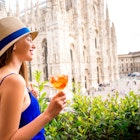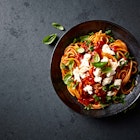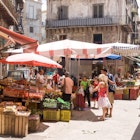In this five-part series taken from Lonely Planet Magazine (Aug 2010 issue) we show you just where to step off the tourist trail and start exploring the real Italy - from the hills harbouring the country's finest wines to a coastline to rival the Amalfi.
Like Tuscany? Try the Langhe Valley.
The hilltop villages of the Langhe, northern Italy, have a somnolent feel, as if they've just completed a splendid lunch. Places such as La Morra are where you can slow down almost to a stop: sampling the region's wines, dappled by the sun, gazing at the view. The undulating hills look as if they've been stitched together, with every slope pinstriped by vines. A sense of scale only becomes clear when a distant car wiggles along a narrow lane. The angles of the fields are echoed by the red roofs of the villages, each dominated by a castle resembling an oversized chess piece.
In the one-street town of Barbaresco, its houses the colour of sugared almonds, a deconsecrated church serves as an enoteca (wine shop), with tastings at the altar. Silvia Altare is as clever as a complex glass of her family's Barolo, a wine that flashes like a garnet when it catches the light. It was her father, Elio Altare, who revolutionised their production, and they now make some of the region's most illustrious Barolos. His daughter buzzes through the berry-scented cellars.
'We go back generations. Grapes have been in our family from the 1800s, though the first label was in 1950. We have just 10 hectares and produce 60,000 bottles per year – it's a small family business. It's different from Tuscany here. In Piedmont, there are no princes, just farmers.' Barolo is famous in Italy as the king of wines, while nearby Barbaresco produces the queen. Both come from the same grape. 'Nebbiolo is a very floral grape, so generally you get rose petals, red fruits, cherries, plums.' The name comes from nebbia ('cloud'); they're so-named, the story goes, because the grapes used to be picked in the autumn mist.
The Langhe Valley seems designed for indulgence. The region is also where the Slow Food movement was born, in nearby Bra, whose family-run shops bulge with seasonal local produce. It's one of the region's most food-obsessed places, along with Alba, which hauls in the discerning hoards every Saturday for its food markets. 'It [Slow Food] was born between a couple of friends, saying, 'Oh we should eat well and drink well,'' explains Silvia. 'It pretty much started as a joke.' The ecogastronomic organisation now has more than 100,000 members in 132 countries, but is never stronger than at its source. 'It's easy here to eat vegetables from the garden, to have nice wine,' adds Silvia. 'For us it's normal. We definitely have slow food, slow life, every day.'

